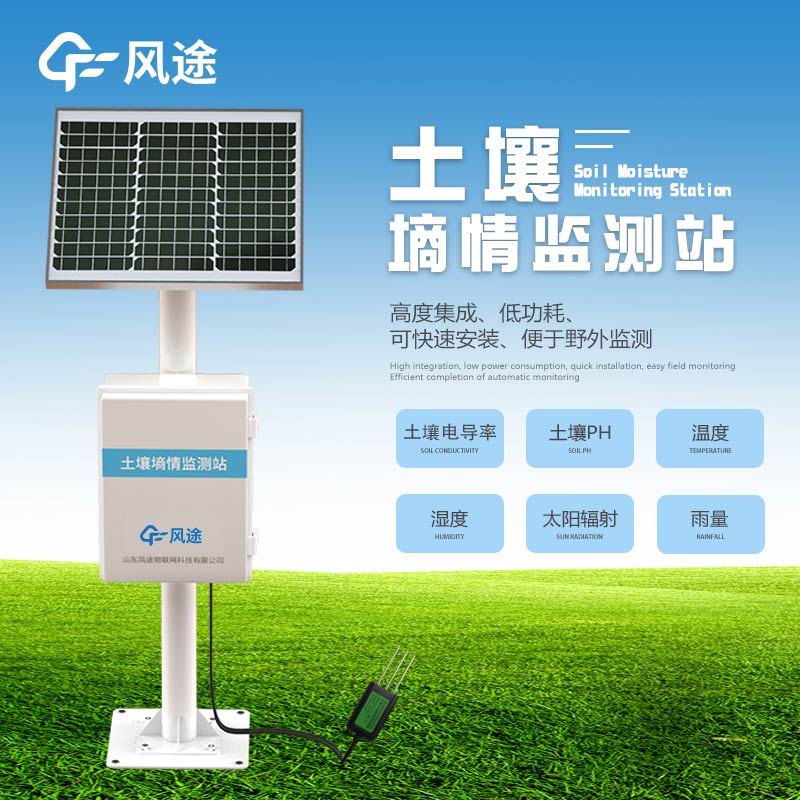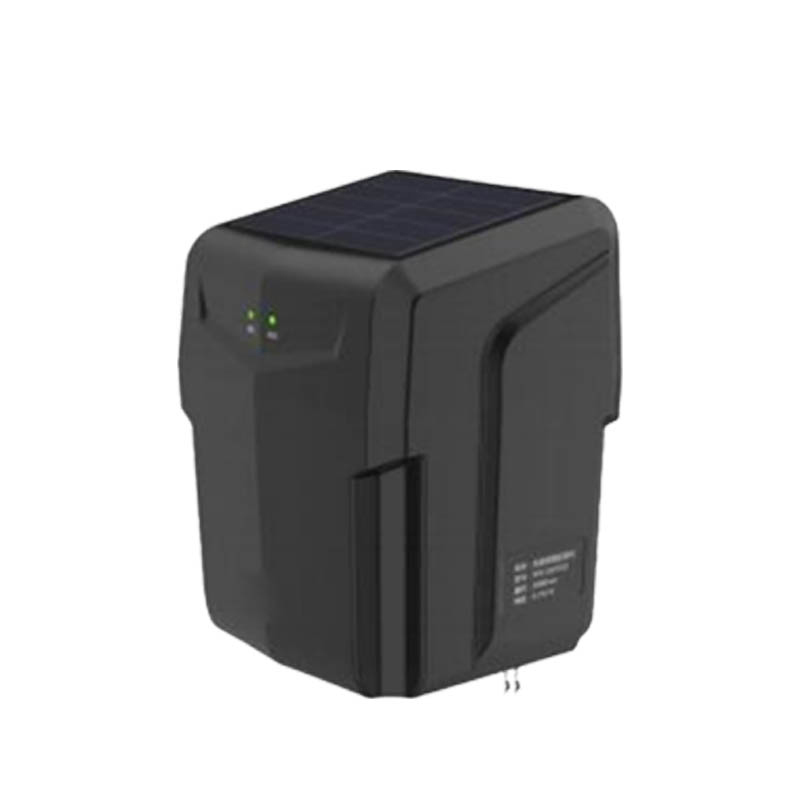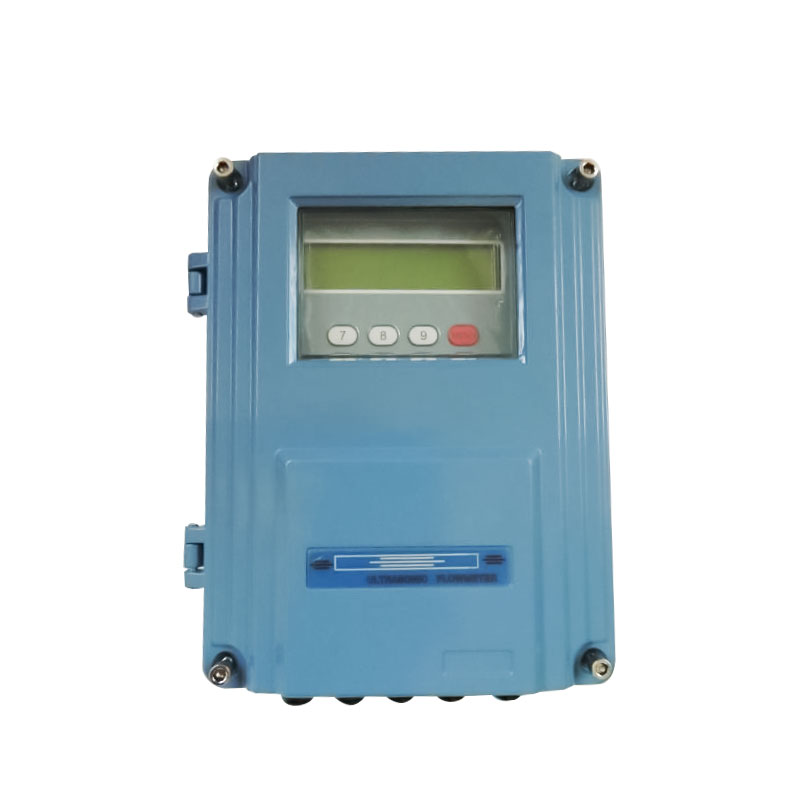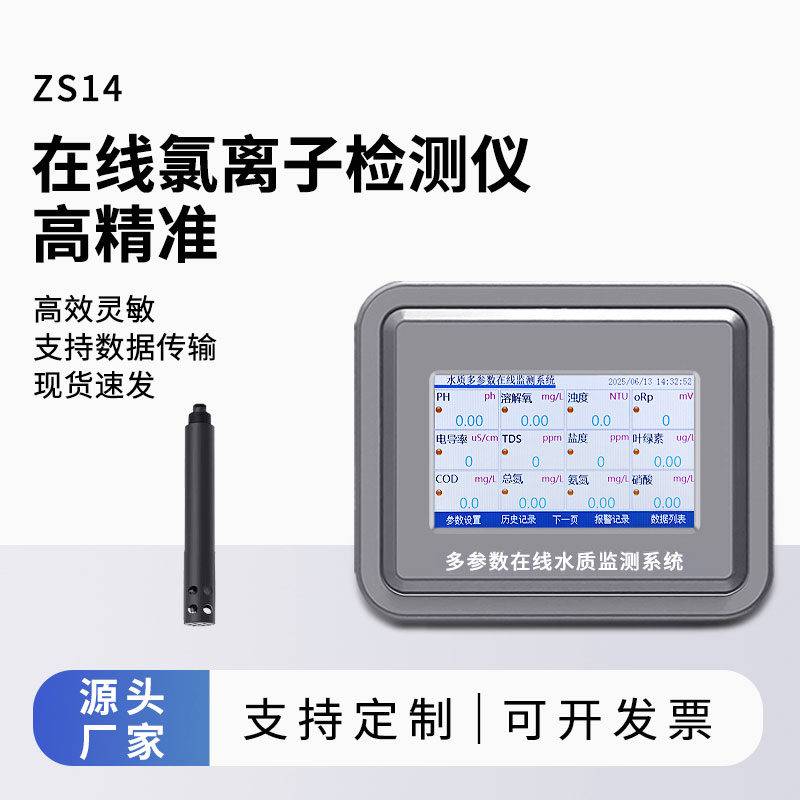Soil moisture refers to the moisture condition of the soil. Monitoring soil moisture is of great importance for agricultural production, ecological research, and water resource management. Appropriate soil moisture is the foundation for the healthy growth of crops. By monitoring soil moisture, it can provide a basis for precise irrigation, avoid the problem of soil compaction caused by water waste and excessive irrigation, and also help prevent the damage to crops caused by droughts and floods.
Currently, sensor technology is mainly adopted for soil moisture monitoring. Common sensors include Time Domain Reflectometry (TDR) sensors, Frequency Domain Reflectometry (FDR) sensors, etc. They calculate the soil water content by measuring the dielectric constant of the soil. In addition, tensiometers can measure the soil water potential, indirectly reflecting the soil moisture condition. The data collected by these sensors are uploaded to the data processing platform through the transmission system to achieve real-time monitoring of soil moisture.
Soil moisture monitoring equipment is a system that integrates various monitoring sensors, data collectors, transmission modules, and other equipment. It can automatically and continuously monitor the moisture information at different depths of the soil and remotely transmit the data to the management center.
Soil moisture monitoring equipment is divided into two types: handheld and fixed. Fixed monitoring stations are generally installed in fixed areas such as farmland and experimental fields. They can continuously monitor soil moisture data for a long time, have a wide coverage area, and a high data collection frequency, enabling the formation of long-term and systematic monitoring data, which is suitable for the monitoring of soil moisture in large-scale farmland. On the other hand, handheld instruments are portable and suitable for temporary and small-scale soil moisture detection, such as the detection of small plots of farmland by farmers or the sampling and measurement at multiple points in the wild by researchers. Handheld instruments are relatively flexible to operate, but they cannot conduct long-term and continuous monitoring like fixed monitoring stations, and the comprehensiveness and continuity of data collection are somewhat insufficient.

This paper addresses:https://www.fengtusz.com/industry/731.html









